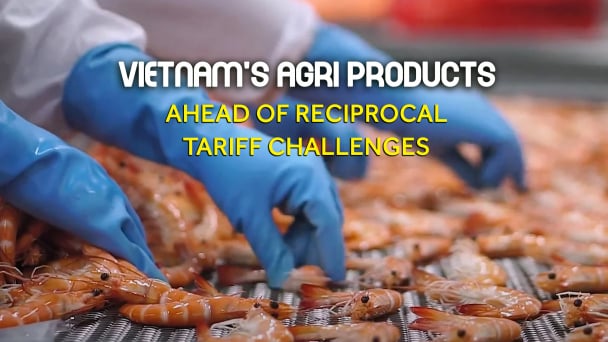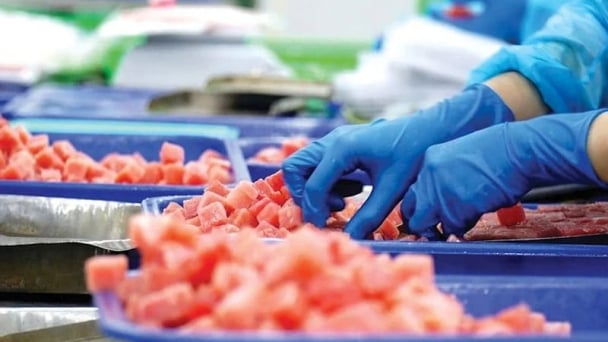May 29, 2025 | 21:18 GMT +7
May 29, 2025 | 21:18 GMT +7
Hotline: 0913.378.918
May 29, 2025 | 21:18 GMT +7
Hotline: 0913.378.918

South Korea allocates a tariff quota for over 55,000 tons of Vietnamese rice.
According to the Vietnam Food Association (VFA), the Korea Agro-Fisheries & Food Trade Corporation (KAFTC) has announced the tariff rate quota (TRQ) schedule for 2025. The bidding notices are planned to be issued four times in the first half of the year (from February to May) and three to five times in the second half, depending on domestic conditions.
Accordingly, the country-specific quota (CSQ) for milled rice is allocated as follows: 157,195 tons for China, 132,304 tons for the United States, 55,112 tons for Vietnam, 28,494 tons for Thailand, and 15,595 tons for Australia, with an additional global quota of 20,000 tons.
The FAO estimates South Korea’s rice production in 2024 at 4.783 million tons, a decrease of approximately 2.3% compared to the previous year. This estimate is lower than the five-year average of 4.967 million tons. The decline is attributed to reduced domestic consumption and government efforts to cut rice cultivation areas while promoting the production of alternative crops such as soybeans.
In South Korea, rice is typically planted between May and June and harvested between September and October. The FAO forecasts the country's rice imports in 2025 to reach 460,000 tons.
Translated by Kieu Chi

(VAN) A free booth for two years at Xinfadi, Beijing's largest wholesale market, will be allocated to Vietnam's agricultural products.

(VAN) Vietnamese shrimp exporters are actively looking for alternative markets and accelerating shipments to the United States in response to the pressure of impending reciprocal tariffs. This is occurring during a temporary tariff suspension.

(VAN) The import-export turnover between Vietnam and Singapore rose amid a trade rebound, with machinery, electrical equipment, and fuels making up the majority of the transaction value.

(VAN) Director General of the General Administration of Customs of China, Ms. Sun Mai Jun, has pledged to implement measures that will ease the import process for Vietnamese agricultural products.

(VAN) Although Vietnam is still increasing its coffee exports, the industry is currently in the process of determining market strategies in response to the U.S. imposition of reciprocal tariffs.

(VAN) With rising demand in Muslim-majority countries, Halal certification is becoming a critical passport for Vietnamese agricultural products seeking sustainable market access and consumer trust in the Middle East and Africa.

(VAN) Vietnam’s fruit and vegetable exports to the U.S. are rising sharply, and exporters are hoping that any upcoming reciprocal tariffs will be set at manageable levels.